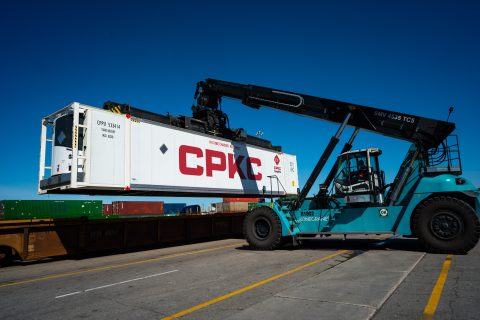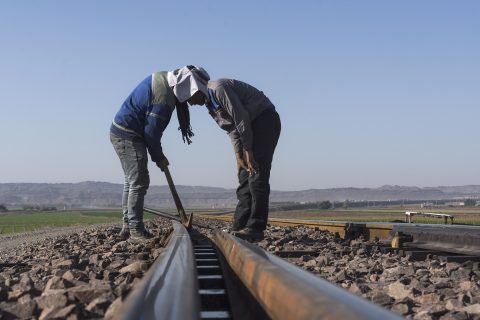Poland’s eastern freight lines’ modernisation scheme

Work has begun on the initial stage of modernisation of the line from Warsaw to Lublin. Part of an important freight route to the Ukranian capital Kiev, the works are aimed at tackling some of the problems currently posed by international eastbound transports.
The biggest of the planned investments in railway infrastructure in Poland by 2020 includes modernisation of the line from Lublin in the east of the country. The route of an international freight corridor to Kiev via the Dorohusk-Yahotyn & Kovel border crossing, this particular arterial line is the shortest route between the respective countries’ capital cities.
Completely closed
The section being modernised is about 150 kilometres long, and a large part of it is completely closed for the duration of the works, and so it is imperative detours are mapped out. The lines which currently take freight trains are characterised by low capacity, while priority passenger traffic is high. Another problem is the lack of electric traction on certain sections, which necessitates the use of diesel locomotives.
Karol Jakubowski, from the state rail infrastructure manager PKP Polskie Linie Kolejowe, said the entire project was costing over 3.4 billion PLN (800 billion Euros), for which co-financing worth over 2.9 billion PLN (69 million Euros) was coming from the from the European Union’s Operational Programme – Infrastructure and Environment (EU OPI&E). Modernisation will include replacement of track and electric traction, but much of the costs are related to passenger traffic infrastructure.
Upgraded
As part of the investment, the tracks will be upgraded at 17 stations. The total length of the new track will be about 355 kilometres. An important element of the project is the construction of three signalling control centres, which will replace the traditional traffic management.
You just read one of our premium articles free of charge
Want full access? Take advantage of our exclusive offer




